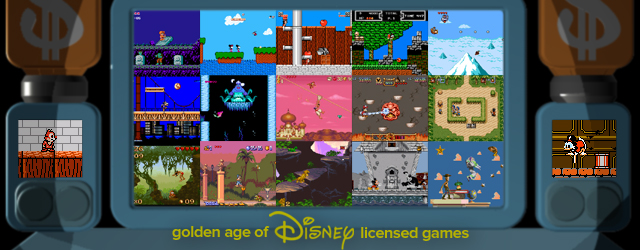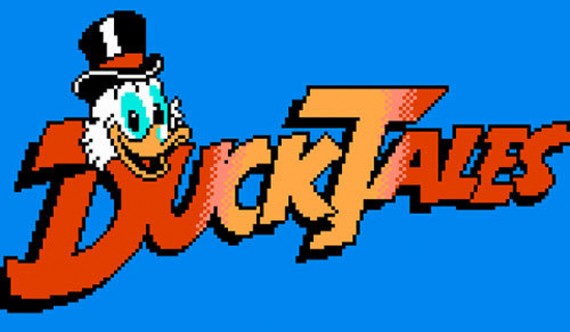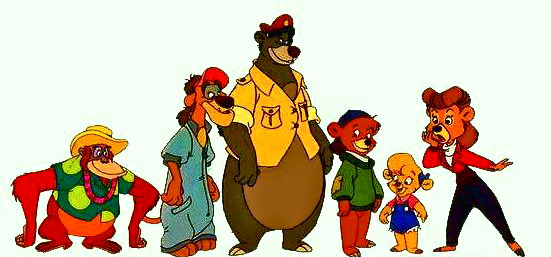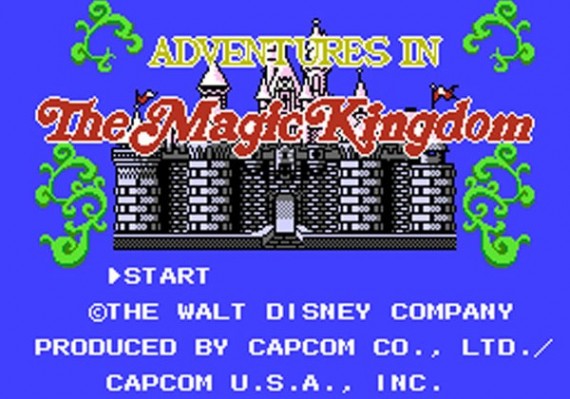
|
Although usually a joke, licensed games will always exist. It’s an easy way to have an automatic audience for a game. While there’s a long history of bad licensed games, there have been high points too, and no combination was stronger than Capcom, Disney, and Nintendo. Disney and Nintendo were rejuvenated in the ’80s. Nintendo went from playing cards to arcades to home consoles. Disney brought a surge of new animated features, a television presence with The Disney Channel and The Magical World of Disney, and led the home video market. Within two decades it opened five theme parks.
Capcom was not as huge, but after a slow start became one of the top developers for NES, which is why anybody who played Mickey Mousecapade was in for a shock, because not only did it look pretty bad, it wasn’t a great game. No need to blame Capcom, though, as Mickey Mousecapade was developed by Hudson in Japan. Although porting Hudson’s title wasn’t the best way for Capcom to introduce its partnership with Disney in North America, they made up for that with the first title they developed themselves: DuckTales. It set the bar so high, it never surpassed it.
DuckTales was part of the Disney Afternoon, a cartoon block that aired when kids were getting home from school. Most shows took under-utilized Disney characters and put them in new situations with an expanded cast. DuckTales was close to its original source material, the Carl Barks’ Uncle Scrooge comic book series, which still runs today. DuckTales the game saw Scrooge and friends visiting five locations to hunt for treasure, playable in any order. While the sequence didn’t matter, you could return to certain levels to find new areas. Features like this, along with hidden rooms, gave DuckTales some depth.

Apparently the floating, disembodied heads of anthropomorphsied poultry were all the rage in the early ’90s. -Ed.
The game was a straight-up platformer. Scrooge could use his cane like a pogo stick, serving as a way to attack and jump higher. It also allowed him to bust open treasure chests. The amount of treasure you collected could alter the ending slightly. DuckTales was the king of the Capcom/Disney/NES years. Fans of the show were introduced to one of the best games released on NES, and those who hadn’t seen the show discovered the pinnacle of Disney television animation. Three years later, Capcom tried to recreate the magic with DuckTales 2, but the title was too late in the NES life cycle and was essentially just more of the same. Some fans including, ashamedly, myself, weren’t even aware of its existence until years later.
Also in 1990 came another gem, Chip ‘n Dale Rescue Rangers. The other premier show from the Disney Afternoon block, Rescue Rangers brought back Chip and Dale and turned them into detectives. A few new characters were added to round out the cast. While most classic gaming fans will tell you DuckTales is their favorite of the series; if it’s not, this probably is. Not to mess with success, Rescue Rangers was yet another platformer. Chip or Dale would find objects to pick up and throw at any enemies that got in their way.
Two aspects of Rescue Rangers really made the game stand out. Since Chip and Dale are very small, the world they’re in is very large. This allowed for unique backgrounds and objects, where something small like an apple is huge. This was used throughout the game in creative ways, with interactive or static objects. The other aspect of Rescue Rangers that people remember is its multiplayer. Two friends could play as Chip and Dale and easily end up as enemies since you could just spend your time throwing each other around instead of cooperating.
Alas, just like DuckTales before it, Capcom made another Rescue Rangers, also in 1993, with the same sad results. It did smartly try to capitalize on the popularity of co-op, by designing two player levels, and throwing your partner wasn’t just fun now, it turned them into a weapon. The boss fights were also improved.

This literally means nothing to me, damn my cruel, mistimed youth. -Ed.
Capcom brought two titles to Game Boy in 1991, but also released two more on NES. This time the newest Disney Afternoon title got its opportunity to play in pixels: TaleSpin. The characters came from The Jungle Book but added an aviation theme. Despite the odd combination, Disney had another hit on its hands, however that success didn’t translate into the game. Rather than release another platformer, TaleSpin was a horizontal shoot-em-up. Unlike your average schmup, you could flip upside down and fly in the opposite direction. After each level you earned money which you could purchase upgrades with.
The same year, Capcom took a risk and released The Little Mermaid. What was also odd about the choice is that the film was two years old by that point. The game is mostly underwater and you swim around as Ariel. You can also shoot bubbles which can be used to trap enemies, making a large bubble that you can throw to reveal power-ups or defeat other enemies. Be it the distance from the film’s release, the taboo of playing a game with a female lead, or just the poor gameplay, this was another title that wasn’t the success Capcom had hoped for.
Trying to move on from a poor year, 1992 brought new hope and a new console, the Super Nintendo, which played host to Disney’s Magical Quest, a solid title which spawned two equally great sequels. Things on NES were still a bit mixed. The final NES entry from the Disney Afternoon was Darkwing Duck. Using all original characters, save DuckTales’ Launchpad McQuack, Darkwing Duck was about an average duck who was a superhero by night. This formula should easily equal a solid game, and although certainly no DuckTales or Rescue Rangers, it was much better than the previous year’s efforts, mainly because it was a direct rip-off of Mega Man. There’s not much you can say against that, because Mega Man is great and Capcom has every right to rip itself off. From the jumping, the sounds, the enemies, even the feel of shooting, it’s so similar to Mega Man it’s almost comical.
Capcom had one more title for NES in 1992, one set a little deeper in reality: Adventures in the Magic Kingdom. As a child, I loved Walt Disney World almost as much as Nintendo. I’ve been visiting Disney World for the past 22 years, three of which working there as a Cast Member. Point being, my experience with this title sums up why licensed games are so successful. The game was mediocre, but since it’s tied in with something I love, I have a great appreciation for it.

Even if this game absolutely sucked, it would still be more fun than Epcot. -Ed.
Your character was a kid wearing a cowboy hat for what I can only assume is for protection from sun and rain. Your goal was to collect six keys which are needed to unlock the castle gates. Why they didn’t just go around back, who knows? The keys were obtained by visiting attractions around the park, if those attractions were brutal challenges with risk of death.
The easiest one was finding people who asked you trivia questions. Get them all right, you get a key. Autopia (which, technically, is in Disneyland, and not the Magic Kingdom) was a simple car racing game. Big Thunder Mountain had you controlling a runaway train, trying to switch to the correct tracks with split second timing. The other coaster, Space Mountain, was another timing game, where you had to hit the right buttons that popped up, allowing your spacecraft to bypass or destroy asteroids in your way. The other keys came from Pirates of the Caribbean and the Haunted Mansion, both of which were brutally difficult platforming levels.
Capcom continued to produce Disney titles until 2004. Except for the Magical Quest titles, their quality continued to go downhill past the NES. Sadly, the licensing issues with these games mean no Virtual Console releases, something Capcom made clear soon after Wii’s release. Disney publishes its own games now, including the recent Epic Mickey. Its lead designer Warren Spector has stated he wants to make a DuckTales game, and actually has been involved with writing the new DuckTales comic reboot. Although the chance of that is unlikely, it’s interesting to see the impact the Capcom/Disney/NES era had, especially that first year, when we learned that good gameplay plus a solid franchise was more than just a quick sale, it became something we still remember decades later.




 ShareThis
ShareThis







